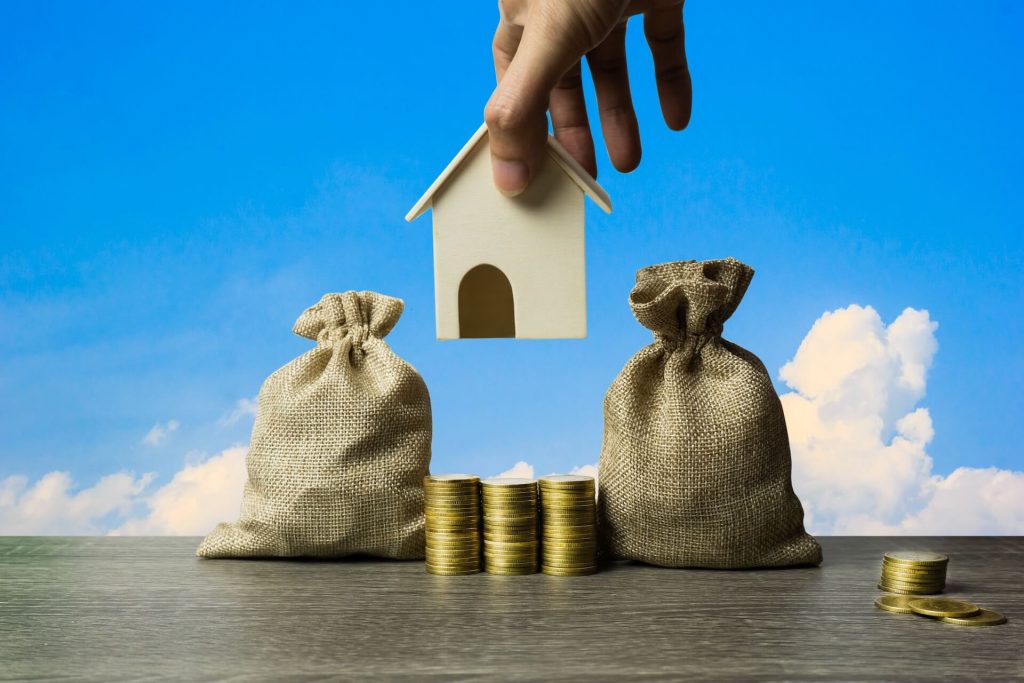People are always looking for ways to generate money and by answering “What is positive gearing?” we hope to provide you with information on how to use this investment idea. We explore positive gearing tax implications, benefits of positive gearing, and define the term. Oak Tree Finances hopes this article helps you make an informed investment choice but please remember to always discuss financial matters with a professional before making any financial decisions.
In need of investment loan advice? Whether you are just starting or a seasoned investor, Oak Tree Finances has the expertise to help you achieve your goals. Contact us on 0404 403 066 today!
What is Positive Gearing?
Gearing means using a home loan to purchase an investment property. Positive gearing is a form of investment strategy where the return on rent is higher than the loan repayments, maintenance fees, and other costs associated with holding the property. When expenses are less than income earned through the rent, a property is considered positively geared. Income earned through positive gearing is taxable; the amount of tax paid is based on the income earned as well as the investor’s marginal tax rate.
Positive Gearing Tax Considerations
Income made through a rental property is similar to income made from wages and will be taxed. There are several deductions available to a positively geared investment that can minimise the amount of taxes owed each year. They include:
- Depreciation: As buildings or structures age their value goes down; the ATO allows property investors to claim depreciated assets as a tax deduction when the property is used to generate income.
- Expenses: Property owners are responsible for a variety of expenses associated with managing a rental property. These expenses are eligible to be claimed as rental property deductions every year.
- Interest on the Loan: Interest charged on loans used to purchase an investment property can also be claimed as a rental property deduction.
Other Positive Gearing Considerations
To fully answer, “What is positive gearing?”, a few other points need to be accounted for. First, it can be difficult to find positively geared properties. In major cities sometimes you may need to put down a large deposit or buy in less desirable area or a less desirable property type in order for the property to be positively geared. These properties can make good invetsments but they can also be harder to sell and make have less chance of increasing in value over time.
It is worth assessing the income and expenses of any investment to see exactly how much it is easier postively geared or negatively geared. Sometimes you can improve the gearing such as buying an older house for a cheaper price due to its condition and doing renovations to improve the rent. Or even achieving a higher rent through how you rent the property such as the use of Air BNB or dual living properties that can get higher rent from two different areas being rented seperately. Some of these strategies may turn a property from being natviely geared to positively geared.
Benefits of Positive Gearing
It can be difficult to find positively geared properties, but they have several benefits associated with them. Utilising all the positive gearing tax breaks connected to a property can significantly decrease the amount of taxes payable, with depreciation being a key deduction to maximising returns. Positively geared properties reduce risk to cash flow and free up money to be spent on other investments too. Additionally, they can make it easier to get home loan financing.
Secure a Loan Today!
Contact the friendly experts at Oak Tree Finances for home loan advice or investment home advice now. For further enquiries, call us on 0404 403 066, e-mail us at loans@oaktreefinances.com.au or reach out to us via our online contact form

